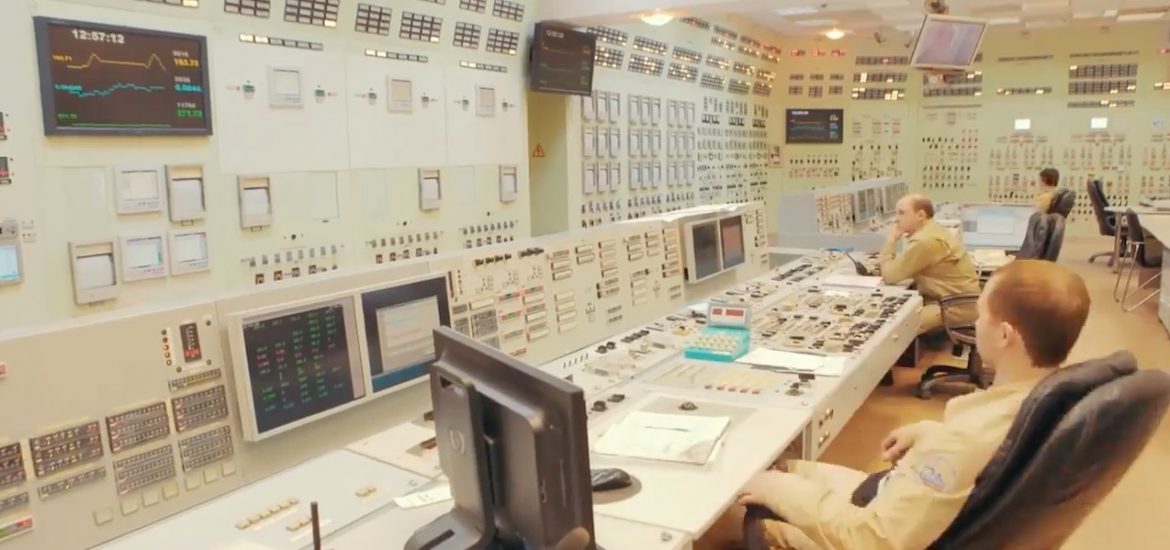
Russia’s state weather agency, Rogidromet, says it found the radioactive isotopes strontium, barium and lanthanum after this month’s accident in the Arctic.
The radioactive elements have a half-life ranging from a few hours and up to 13 days.
The findings suggest the August 8 weapons accident in the northern Russian region of Arkhangelsk, which caused radiation levels to spike in Severodvinsk, involved a reactor and not some other type of radioactive power source.
Some observers suspect the accident was caused by the nuclear-powered cruise missile that Russian President Vladimir Putin announced was under development last year.
“The presence of decay products like barium and strontium is coming from a nuclear chain reaction,” said Nils Bøhmer, a Norwegian nuclear scientist. “It is proof that it was a nuclear reactor that exploded.”
He has worked with Norwegian Nuclear Decommissioning, a government agency developing nuclear fuel storage for Norway’s reactors.
Norway’s nuclear safety authority said it detected tiny amounts of radioactive iodine near its Russian border.
Russia’s state-run nuclear power agency, Rosatom, has so far made conflicting statements about the incident. Russia is increasingly exporting its nuclear power prestige around the world and will fear reputational damage about the safety of its civilian operations.
Rosatom said the failed test had involved an ”isotope source of a liquid-fuelled propulsion unit” and a “nuclear battery”. The statements suggested the explosion involved a radioisotope thermal electric generator (RTG) which does not use a chain reaction and instead converts heat from the natural decay of radioactive materials into electricity. Russia has deployed RTG-powered navigational beacons and satellites.
But Bøhmer said the isotopes Rosgidromet reported could not have resulted from an explosion involving an RTG.
“Had it been an RTG, none of these isotopes would have been detected,” Bøhmer told the Barents Observer.
Dr Edwin Lyman of the US-based Union of Concerned Scientists said the detection of the fission products suggested a reactor release.
“However, I’m still puzzled why there was no detection of iodine isotopes, some of which would be released in greater quantities,” he told the Guardian.
“As to what kind of reactor was being tested, there are two main possibilities: it was either a nuclear ramjet engine, which would be air-cooled or a more conventional reactor using a coolant like hydrogen. Again, I’m puzzled why, if it were a ramjet engine in a rocket, it would have been started on the ground, since those reactors require air to flow through them at a high speed to operate.”
Rosatom is a major Russian employer. Picture credit: YouTube





